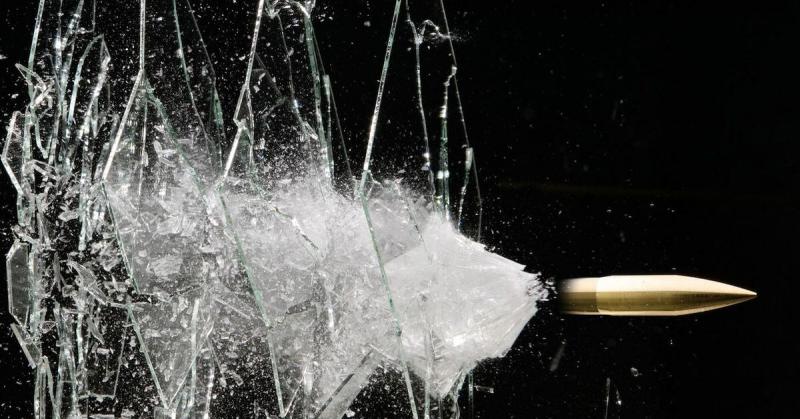We live in times where security threats have increased manifolds. Be it terror attacks or armed crimes, the risks to human life are higher than ever before. To address this challenge, modern architecture and construction have focused on developing blast resistant and bulletproof buildings that can help save lives in potential danger situations. In this article, we explore some key aspects of designing and building such structures.
Types of Threats Addressed
Blast resistant and bulletproof buildings aim to protect occupants from two main types of threats - explosions and projectiles. Explosions can be caused by bombs, grenades or other explosive devices. Projectiles mainly refer to bullets fired from small arms like pistols or rifles. These structures incorporate specialized materials and construction techniques that can withstand the impact and shockwaves from such threats.
The level of protection depends on the expected threats. For low risk areas, the focus may be on small bombs and handguns. High risk buildings are designed to withstand military-grade explosives and armor-piercing ammunition. Different threat levels require utilizing different construction standards and blast resistance ratings. Proper assessment of potential dangers is crucial for determining protection requirements.
- Specialized Materials
Unique materials form the core of blast resistant and bulletproof structures. Reinforced concrete is commonly used for its compressive strength and ability to absorb impact. However, ordinary concrete cannot provide adequate protection against powerful explosives or armor-piercing rounds. Hence, advanced composite materials have been developed.
Some important materials include composite armor panels made of ceramics, polymers and metals. Glass-reinforced plastic is light yet extremely durable. Layered materials like transparent polycarbonate provide blast resistance as well as visibility. Heavy duty steel is installed on exterior walls and windows. Stone cladding provides an additional fragmentation layer. Laminated glass incorporates security film between layers of glass.
These specialized materials undergo rigorous testing by independent accreditation bodies to certify their protective abilities against standardized threat simulations. Only those meeting strict durability, weather resistance and certification standards are approved for critical applications. Material selection is an important design consideration for achieving the desired levels of protection.
- Construction Techniques
In addition to materials, unique construction practices are followed to withstand explosive forces and limit damage propagation. Foundations are heavily reinforced to prevent collapse from shockwaves. Interior pillars and load-bearing walls are similarly strengthened. Compartmentalization principles are applied to limit blast paths.
Strict quality control processes ensure materials and construction defects are minimized. Precise welding and sealing techniques produce seamless connections impervious to gas or fragment penetration. Exterior cladding systems incorporate fragmentation catchment methods. Strategically placed air gaps act as energy dissipaters. Additional safety layers are added wherever vulnerabilities are identified through simulations and risk modeling.
Structural hardening continues even beyond construction, through periodic inspections, maintenance and retrofitting. Future threats are continuously evaluated to future-proof building defences. All these measures work together in an integrated manner to achieve maximum protection capabilities in the completed hardened structure.
- Design Considerations
Along with protection, design prioritizes functionality for occupants. Spacious, ergonomic and aesthetically-pleasing interiors are planned. Natural light, ventilation and attractive facades ensure comfort. Easy evacuation, compartmentalized floor plans and hardened service cores allow continued safe operation even during emergencies.
Access controls manage entry-exit points. CCTV surveillance, intruder alarms and security screening systems provide monitoring. On-site medical facilities, crisis management protocols and backup power systems complete the integrated security solution. Sustainable features help lower running costs and environmental impact over the long term. Advanced building automation allows centralized management of all safety and operational systems.
Thus, with careful consideration of threats, materials, construction approach, safety layers and design sensibilities - Blast resistant and bulletproof buildings can fulfill their crucial role of sheltering occupants against modern security dangers, while also meeting functional program requirements. When executed responsibly, they establish protected zones where life and work can continue undisturbed even during times of turmoil.
As threats evolve, it is important that architectural defenses continue advancing hand in hand. Ongoing research helps improve materials, assessment tools and structural performances to counter new risks. Standardization and independent testing build reliability and trust in protection claims. Wider knowledge sharing helps propagate best practices.
When incorporated intelligently into urban planning and infrastructure development, hardened building designs can greatly boost community resilience. They uphold the fundamental human right to safely access services even under adverse circumstances. With persistent progress, we move closer to creating a violence-proof built environment where security never compromises functionality or experience.
Get more insights on Blast Resistant And Bulletproof Buildings
Also read related article on Supervisory Control and Data Acquisition (SCADA) Market
